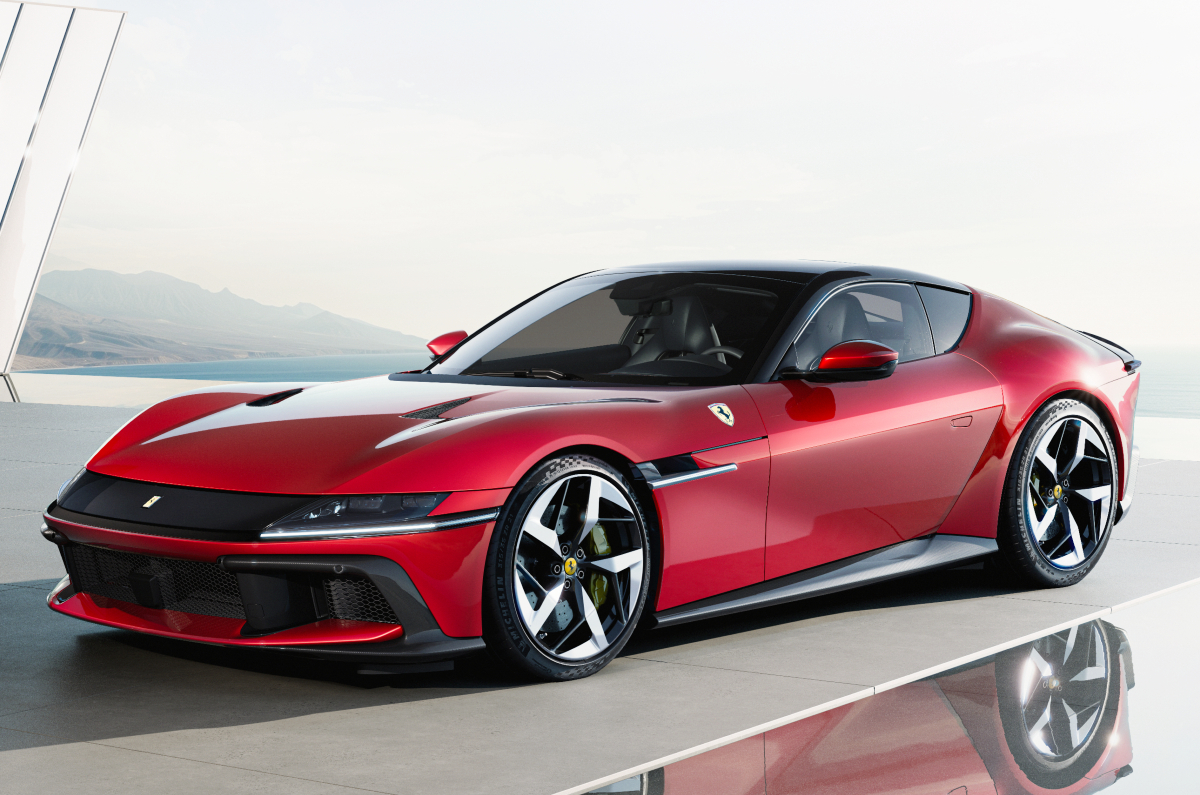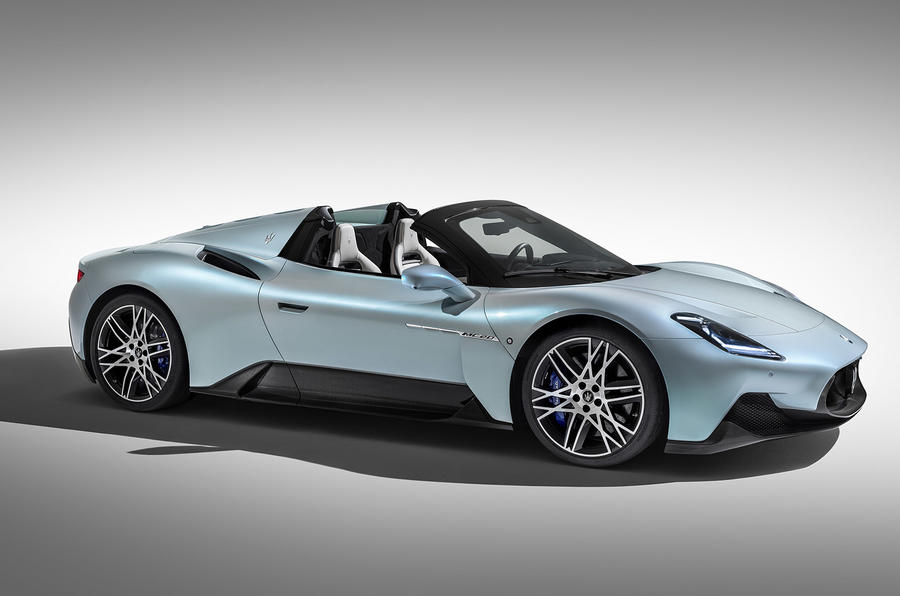The W16 engine in the Mistral is in the same spec as the Chiron Super Sport 300+.
Bugatti has taken the wraps off the W16 Mistral, a roadster based on the Chiron hypercar, at the Monterey Car Week. Importantly, this is the hypercar with which Bugatti will bow-out its iconic W16 engine with as it heads towards a hybridised and electric future.
Bugatti designers insist that the Mistral is not simply a Chiron with the top cut off, but a new car with a tweaked monocoque and a fresh design. It is priced at £4.2 million (Rs 39 crore approx, before taxes and duties) and limited to just 99 models, all of which are already sold out.
- W16 Mistral's design draws inspiration from La Voiture Noire, Bolide and Divo
- Gets the final iteration of the W16 engine that started in the Veyron
Bugatti W16 Mistral: engine
The Bugatti W16 Mistral is a swansong for the 8.0-litre, quad-turbo W16 engine, and is tuned to match the 1,600hp version that powered the Chiron Super Sport 300+ to a record-breaking 490kph in 2019. Bugatti has indicated that it intends the Mistral to become the world’s fastest roadster, a record currently held by the 427kph Hennessey Venom GT Spyder.
Design director Achim Anscheidt told our sister publication Autocar UK that the roadster also “completes the circle” of the W16 era, which started in 2005 with the iconic Bugatti Veyron, although it has been heavily uprated since that first outing. Anscheidt added that the W16 was the “ultimate selling point” for the hypercar firm.
Bugatti W16 Mistral: design and aerodynamics
It’s, in typical Bugatti fashion, an expensive-looking machine – clad in carbon and with a sportier feel than the Chiron, on which it is based.
It also gets two huge air intakes directly above the seats, which, according to Bugatti Rimac chairman, Mate Rimac, connects you to the car and the W16 engine like no other Bugatti ever has.
At the front, the Mistral gets distinctive headlights with four vertically stacked LEDs, and the iconic horseshoe grille, which has been widened and made to look deeper, such as on the Divo. It also gets a similar bonnet design to the concept, albeit less raucous. A distinctive wrap-around windscreen blends into the side windows, similar to the La Voiture Noire, gives the roadster a unique look and creates a “visor effect”, Bugatti says.
However, it is the rear of the car that “challenged” designers the most, and a road-legal version of the Bolide’s distinctive X-shaped rear lights has made it to production. A square exhaust, as seen on both the Chiron and Veyron, replaces the double twin pipes used on the Chiron Super Sport.
Deputy design director Frank Heyl said, “Aerodynamics play a big role here too. The lack of a roof required complex designs to keep the car planted, as well as where the air will flow.”
This has resulted in a number of unique design features, including guiding air flow through the vents between the four LEDs of the headlights and exiting at the side of the doors. It then flows through the side intakes, and finally exits from between the rear lights.
Heyl said: “Customers begged us to do an open-top car, and that is why we took the record engine and put it into something that gives you the sensation of an open-top car where you can hear the induction noise and the turbo. The experience is just amazing.” He added, “I think it is a respectable end to the Chiron-platform era.”
Bugatti W16 Mistral: interior
Inside, the interior is almost identical to the standard Chiron, but with a special gear shifter milled from a solid block of aluminum, featuring subtle wood accents and an amber insert containing a dancing elephant sculpture -- the hood ornament used on the Bugatti Type 41 Royale. This can be customised to hold anything the customer chooses.
A roof cover will also come with the car, but it won’t be usable when driving, and purely for keeping occupants dry, and the interior safe, while stationary.

 1 year ago
71
1 year ago
71








 English (US)
English (US)